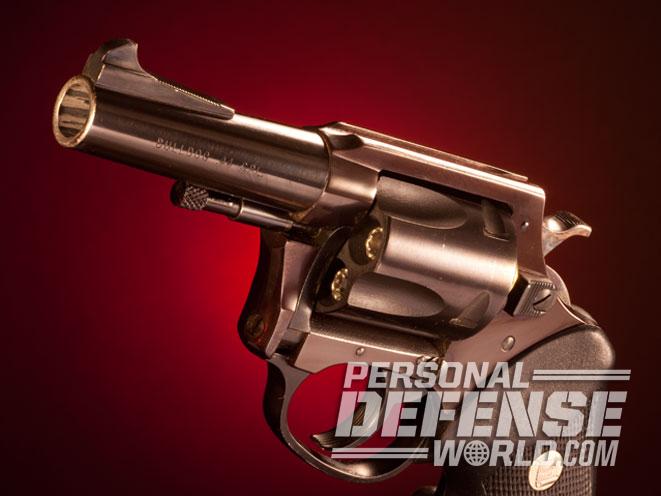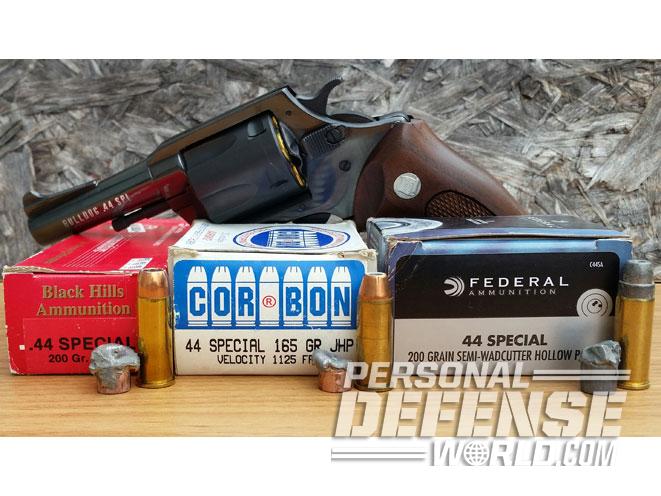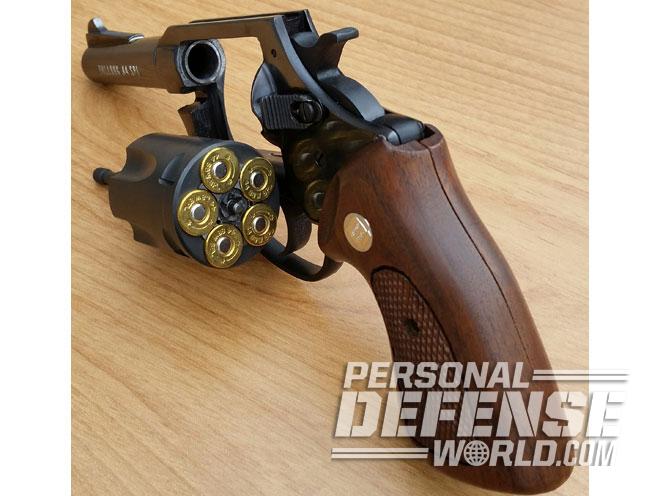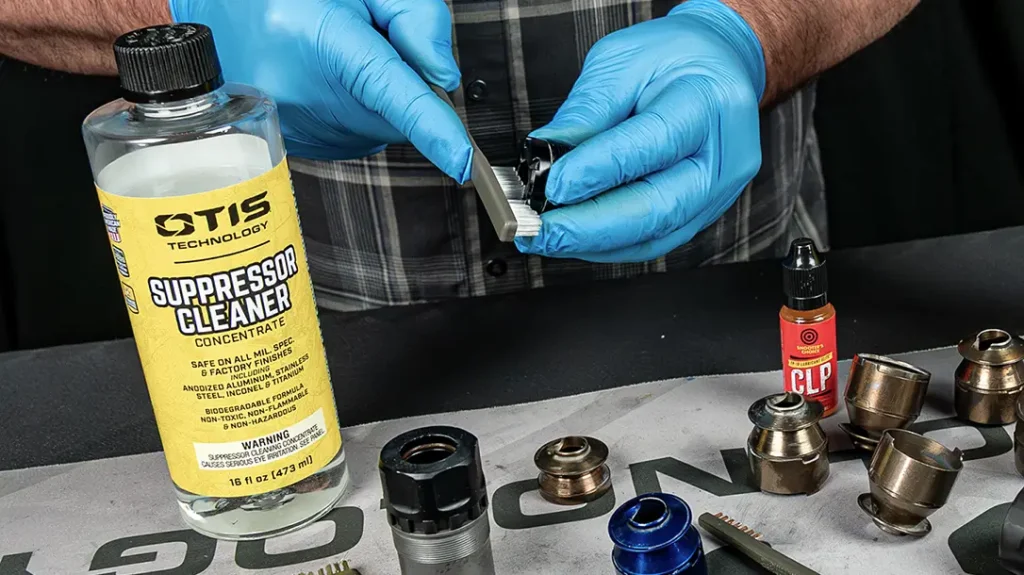In 1872, Philip Webley & Son of Birmingham, England, introduced a small double-action (DA) revolver with a 2.5-inch barrel and a five-shot cylinder. Although compact, it chambered big-bore cartridges like the .442 Webley and .450 Adams. Webley later registered the trademark “British Bulldog Revolver,” and it became so popular that it was copied in several places, including Belgium, France, Spain and the United States.
Fast-forward 100 years and, in 1973, the American handgun manufacturer Charter Arms introduced a small, five-shot, DA revolver with a 3-inch barrel in .44 Special and called it the Bulldog. This carbon-steel-framed, blued revolver with oversized walnut grips weighed a mere 20 ounces but packed quite a bit of firepower in a compact, lightweight package. It caught on almost immediately and became a top seller.
Due to the popularity of this revolver, the .44 Special cartridge also underwent a metamorphosis. Previously, its primary loading had been a 246-grain, round-nosed, lead bullet that produced a leisurely 755 fps velocity, but after the introduction of the Charter Bulldog, Winchester offered its Silvertip in a 200-grain JHP at 900 fps, Remington came up with a 200-grain semi-wadcutter at 825 fps and Federal a 200-grain semi-wadcutter HP that produced 870 fps. Other ammunition companies quickly followed suit.
Advertisement — Continue Reading Below
Classic Comeback
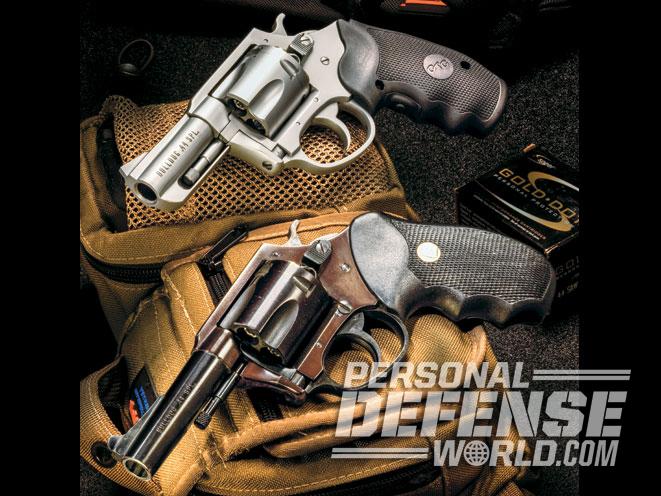
In 2013, Charter Arms decided to bring the Bulldog back as it was first conceived as a limited-edition “Classic.” I was always a fan of the original, so I obtained one of the Classic Bulldogs as both a collector’s item and a practical handgun for everyday concealed carry.
I scrutinized the revolver and found that it was up to snuff in the fit-and-finish department. One slightly perplexing issue was the cylinder. While the balance of the five-shooter had a polished blued finish, the cylinder was a matte blue that more closely resembled the anodized alloy grip frame and triggerguard.
Advertisement — Continue Reading Below
RELATED STORY: Charter Arms’ New Pitbull Revolver in .45 ACP
Like the original, the Classic has a tapered, 3-inch barrel, a ramp front sight and a fixed rear sight. The ejector rod is exposed, which allows the user to pull forward on the rod or use the thumb latch to unlock the cylinder and swing it out on the crane. The ejector rod also figures into the cylinder’s locking mechanism, as does the spring-loaded pin in the center of the “star,” which is acted on by the hand for cylinder rotation.
Being a traditional DA revolver, the Charter Bulldog can be fired in single-action (SA) mode. The SA pull is crisp at about 4.5 pounds. The DA pull is around 12 to 13 pounds and is discernably a two-stage affair with a bit of stacking at the end of the pull before the sear is tripped. The hammer spur is serrated and the fairly wide trigger has a serrated face. The beryllium copper firing pin is affixed inside the frame and the action has a transfer-bar safety to prevent a discharge if the revolver is dropped.
Advertisement — Continue Reading Below
Gearing Up
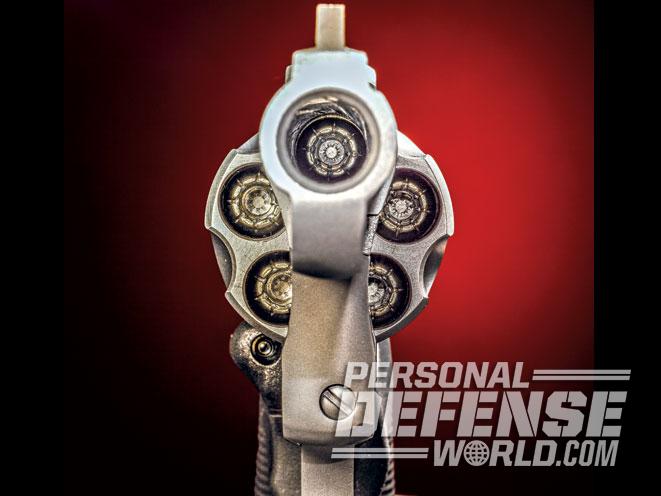
I selected three brands of .44 Special cartridges to test fire in my Charter Bulldog Classic. Black Hills has a 200-grain JHP with a bullet that appears to be a “Gold Dot” type as produced by Speer, which is a very well-designed bullet. From CorBon was a 165-grain JHP that had a velocity, as listed on the box, of 1,125 fps. Finally, I wanted to shoot the Federal 200-grain semi-wadcuttter HP, as this has always been one of my favorite .44 Special defense loads. I always felt that if expansion was not achieved, at least this was a big, blunt-nosed bullet with a sharp shoulder to transmit projectile energy to the target.
RELATED STORY: Charter Arms’ 50th Anniversary Bulldog Revolver
Advertisement — Continue Reading Below
For reloading during the practical portion of my test, I elected to use Tuff Product’s QuickStrip, which lines five rounds of .45/.44 cartridges on a rubber strip. It is fairly fast to use with some practice and is perfect for pocket carry.
By today’s standards, the Charter Arms Bulldog Classic might seem quite large compared to smaller revolvers and many autoloaders, but with the right kind of holster, it conceals well and provides rapid presentation. My pick for the Bulldog Classic was the Alessi Belt Slide holster. Made of two pieces of 8-ounce, russet leather, the back portion is slightly smaller than the front to provide a natural bend and to prevent binding during the draw. It’s lock-stitched with waxed cotton thread and has two belt slots to accommodate a belt up to 1.5 inches in width. The Belt Slide is precision molded to the gun, and on this model it partially covers the triggerguard, plus there’s an integral tab to cover the hammer spur. This open-top, high-ride holster has a forward cant for strong-side carry and comes in left- or right-hand versions in black or mahogany brown.
Range Report
Advertisement — Continue Reading Below
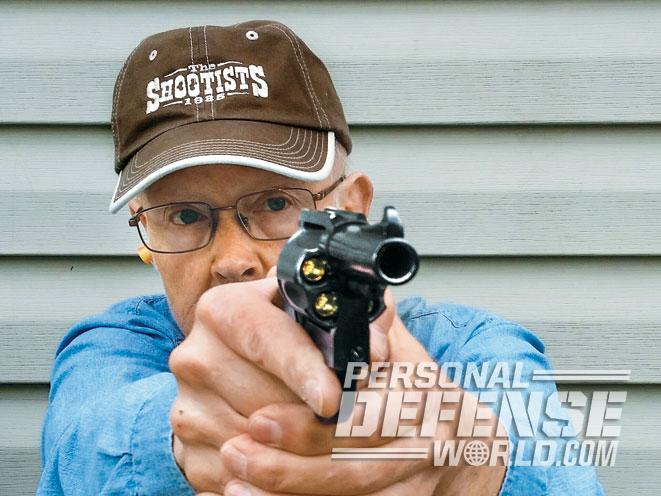
At the range, my first order of business was to see what kind of velocity readings I’d get from the Bulldog’s 3-inch barrel using my .44 Special test cartridges. I thought the velocities for the Black Hills and Federal loads were about what I’d expected, but I was shocked when the average velocity of the CorBon cartridges matched exactly the velocity printed on the box label!
RELATED STORY: Charter Arms’ Off Duty .38 Special Revolver
Phase two of my test was to see what kind of accuracy potential the cartridges could produce in the Bulldog. I set up my target stand at 15 yards and, shooting in the SA mode from the bench, fired three five-shot groups with each load. The best group at 2.41 inches was the Federal load, and it had an average of 2.56 inches for the three groups. Second place went to Black Hills with a best group measuring 2.47 inches and a 2.77-inch average. Both the Federal and Black Hills loads shot close to point of aim. The CorBon “Blasters” produced a 3.48-inch best group and 4.04-inch average, and I had to hold at the top of the target’s 8-ring to get close to center hits.
Advertisement — Continue Reading Below
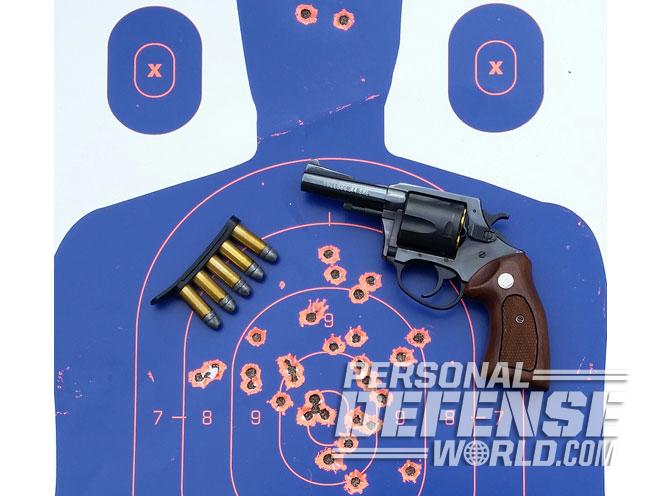
I put up a reduced-size B-27 silhouette at 15 yards and shot what turned out to be a 32-round combat course. I shot one-handed, strong-hand and support-hand-only from 3 yards with a reload in between. Then, at 7 yards, I shot some double-taps with a reload after, shot five and six, then two more double-taps. Then I fired two center-mass shots, then a headshot, reloaded and repeated.
RELATED STORY: 32 Revolvers From CONCEALED CARRY HANDGUNS 2016
Advertisement — Continue Reading Below
Lastly, I fired from behind a tree at 15 yards from left-side and right-side standing, then right-side kneeling. The ammunition used was a mix of the test cartridges. During reloads with the QuickStrips, I pulled them out of my right-side pocket and then knelt as if in a covered position. All but three shots were in the 9,10 and X rings, and the two headshots were well centered. I was able to reload fairly quickly and the holster worked out very well during the evaluation. I certainly feel justified in keeping this revolver as one of my primary concealed-carry weapons.
For more information, visit http://www.charterarms.com or call 203-922-1652.





